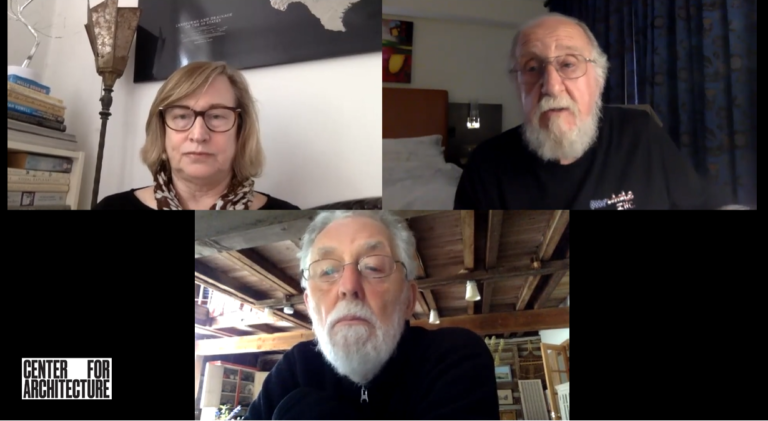In August and September 2021, Hurricanes Henri and Ida showed us the havoc intense rainfall can create across New York City’s five boroughs. More than 40 deaths occurred, caused by flooding basement apartments and occupied vehicles swept away in the floods. New York City had already been planning for the major climate threat of cloudbursts but was not fully prepared for the extreme impacts of those storms. To prevent future catastrophes, the City of New York has released plans for dealing with the higher volumes of stormwater we will continue to see as temperatures rise.
How can we account for intense rainfall as well as for the whole gamut of climate disasters affecting the New York City? What do these citywide plans tell us about how we can plan and design for the future if climate change remains unchecked? How can design professionals, whether architects, urban designers, landscape architects, or engineers, collaborate with city agencies to create effective and humane solutions? How will the city’s planning for intense rainfall affect our work, from the citywide scale to individual sites? How will the city pay for this work, whether in public projects or private buildings? How can our infrastructure be planned, designed, and, most importantly, maintained, to lessen the increasing impacts of global warming?
Speakers:
Alan Cohn, Managing Director, Integrated Water Management, NYC Department of Environmental Protection
Erika Jozwiak, Senior Program Manager, Infrastructure, NYC Mayor’s Office of Climate and Environmental Justice
Walter Rodríguez Meyer, Founding Principal, Local Office Landscape and Urban Design; Professor, Parsons School of Design
Moderator:
Sofia Zuberbühler-Yafar, Program Director, Design, Sustainable Infrastructure Unit, NYC Department of Design and Construction



